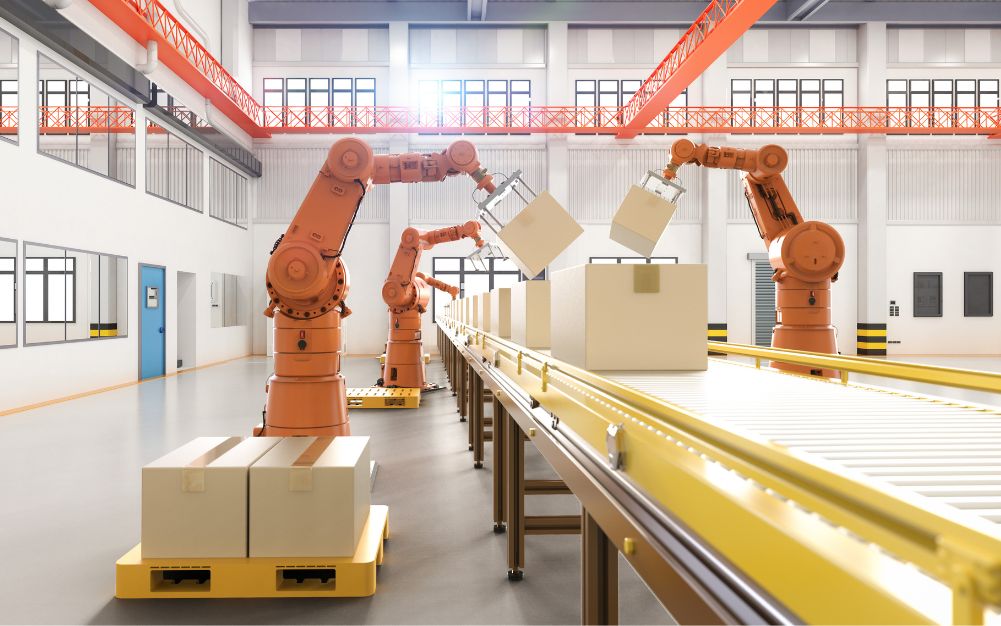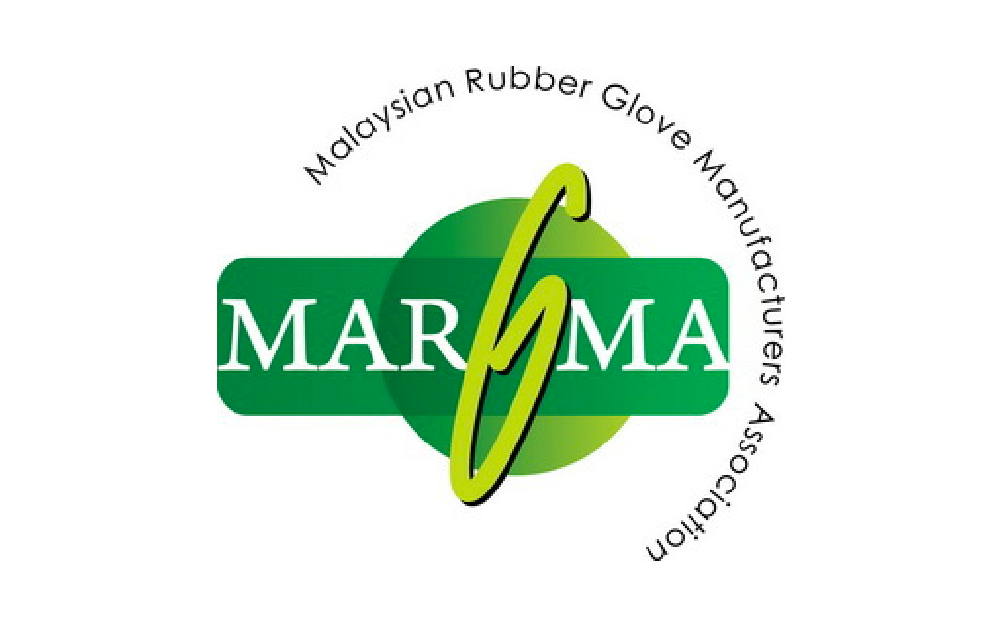How Robotic Arms Work: Technology Behind the Motion
Robotic arms are revolutionizing industries from manufacturing to healthcare by providing precise, consistent, and efficient solutions. But what makes these advanced machines tick?
In this post, we’ll break down the technology behind robotic arms, explaining how they move, how they’re controlled, and the applications that make them indispensable in today’s world.
What is a Robotic Arm?
A robotic arm is an automated mechanical device designed to perform tasks that typically require human dexterity and precision. These arms are equipped with multiple joints and actuators, allowing them to mimic the movements of a human arm.
Robotic arms are commonly used in industries such as:
Manufacturing – Assembly lines, packaging, and material handling
Healthcare – Surgery assistance and prosthetics
Agriculture – Harvesting, sorting, and planting
Electronics – Picking and placing small parts for assembly

Key Components of a Robotic Arm
Understanding the technology behind robotic arms requires knowledge of the key components that allow them to function.
1. Actuators and Motors
Actuators are the “muscles” of a robotic arm. They are responsible for creating movement by converting electrical energy into mechanical motion. There are several types of actuators used in robotic arms:
- Electric motors – Commonly used in precise applications where high accuracy is needed.
- Hydraulic actuators – Used for heavy-duty tasks that require significant force.
- Pneumatic actuators – Suitable for lighter tasks and faster movements.
These actuators work in tandem with the arm’s joints to create complex, fluid movements.
2. Joints and Links
A robotic arm consists of multiple joints and links, similar to the bones and joints in a human arm. The joints allow for different types of motion, including:
- Rotation (e.g., turning or twisting)
- Translation (e.g., sliding along a straight path)
- Articulated movement (e.g., flexing and extending)
Each joint is powered by an actuator and connected to other parts via links (the “bones” of the robotic arm), forming a kinematic chain that determines how the robot moves.
3. Sensors
Sensors are essential for robotic arms to maintain precision and respond to environmental changes. Common sensors used in robotic arms include:
- Position sensors – Measure the location of each joint.
- Force sensors – Help the robot apply the correct amount of force when interacting with objects.
- Vision sensors – Enable robots to “see” their environment, aiding in tasks like picking up items or inspecting products.
These sensors provide feedback to the control system, ensuring that the arm performs its tasks accurately and safely.
Control Systems: The Brain Behind the Motion
At the heart of every robotic arm is a control system that directs its movements. There are several types of control systems, but most robotic arms rely on either open-loop control or closed-loop control.
1. Open-Loop Control
In open-loop control, the robotic arm moves based on pre-programmed commands without receiving feedback about its current position. This system works well for simple, repetitive tasks where precise adjustments aren’t necessary.
2. Closed-Loop Control
Closed-loop control is more advanced, as it uses sensor feedback to adjust the arm’s movements in real time. This ensures that the arm can adapt to changes in its environment and perform tasks with high accuracy. Closed-loop systems are commonly used in complex tasks such as surgery or quality inspection in manufacturing.
Types of Robotic Arms
Robotic arms vary in complexity and design, depending on their intended use. Here are some common types:
- Articulated Robots
These are the most flexible types of robotic arms, resembling a human arm with multiple joints. They are highly versatile and can perform a wide range of tasks, including assembly, packaging, and welding. - SCARA Robots (Selective Compliance Assembly Robots)
SCARA robots have two parallel joints, making them ideal for high-speed assembly tasks. They are typically used in industries like electronics and automotive manufacturing. - Delta Robots
Delta robots feature a parallel-link design that provides fast, precise movement. They are commonly used in applications requiring rapid picking and placing, such as food packaging or pharmaceutical sorting. - Cartesian Robots
Also known as linear robots, these have three linear axes (X, Y, Z) that allow for precise movement along straight lines. They are used in tasks like 3D printing, pick and place, and material handling.
Applications of Robotic Arms
Robotic arms are versatile machines with a wide array of applications. Some of the most common include:
- Manufacturing and Automation
Robotic arms are widely used in assembly lines, welding, and material handling, where they perform repetitive tasks with precision and speed, increasing productivity. - Healthcare
Robotic arms assist in minimally invasive surgery, providing greater precision and reducing recovery times. They’re also used in rehabilitation and prosthetics, improving patient outcomes. - Agriculture
Robotic arms are increasingly used for harvesting, sorting, and planting crops, helping to increase efficiency and reduce labor costs in the agricultural sector.
Why Choose AT SYSTECH SDN BHD for Robotic Arm Solutions?
At AT SYSTECH SDN BHD, we specialize in providing cutting-edge robotic arm solutions for a wide range of industries. From automated manufacturing lines to customized robotic solutions, we offer the technology and expertise needed to streamline your operations.
Ready to Integrate Robotic Arms into Your Business?
Transform your business with the precision and efficiency of robotic arms.
Contact AT SYSTECH SDN BHD today to discuss how our robotic arm solutions can improve your workflow and productivity.











